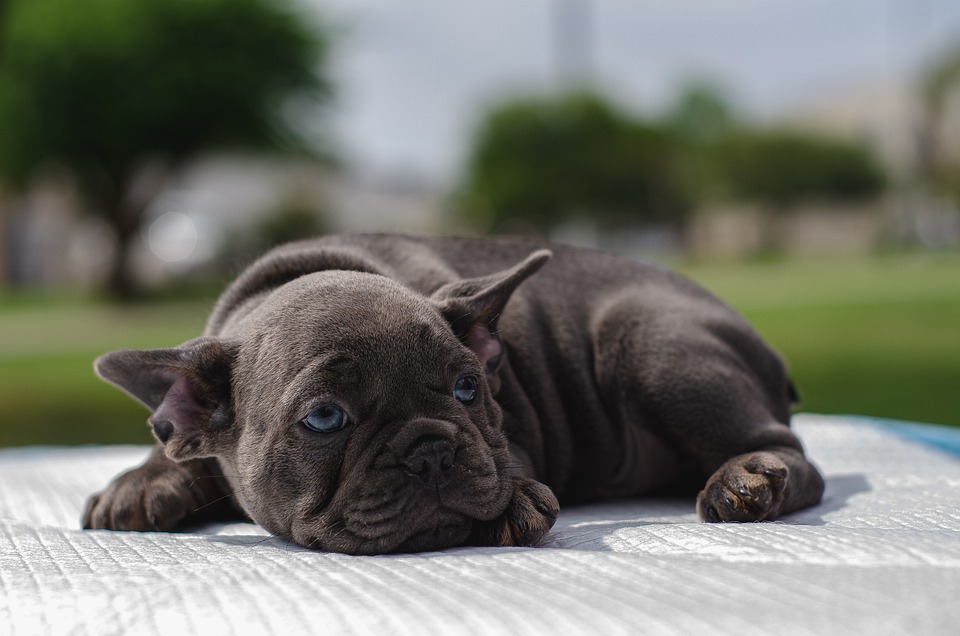Grooming is an important aspect of a dog’s overall health and well-being, but many dogs find it to be a stressful experience. However, with proper training and techniques, you can help your furry friend become calm and relaxed during grooming sessions. In this article, we will explore effective strategies to make grooming a positive and stress-free experience for your dog.
Before we dive into the training methods, it’s crucial to understand why grooming is important for your dog. Regular grooming helps keep your dog’s coat clean, prevents matting, and promotes healthy skin. It also allows you to inspect your dog’s body for any abnormalities, such as skin irritations or parasites. By training your dog to be calm during grooming sessions, you not only ensure their comfort but also make it easier for groomers or veterinarians to handle them.
The key to successful grooming lies in gradually conditioning your dog to enjoy the process. Here are some steps to set a solid foundation:
1. Positive Associations: Introduce grooming tools, such as brushes or clippers, to your dog in a positive and non-threatening manner. Offer treats, praise, and gentle petting while associating the tools with pleasant experiences. This helps your dog form positive associations with grooming tools.
2. Desensitization: Gradually expose your dog to different grooming activities. Start by touching and handling their paws, ears, and tail. Reward calm behavior and gradually increase the intensity and duration of these interactions. This helps your dog become accustomed to being touched and handled during grooming.
3. Practice Patience: Be patient with your dog as they adapt to grooming. It’s essential to proceed at their pace and avoid rushing the training process. Remember, consistency and positive reinforcement are key. Reward your dog for calm behavior and gradually increase the duration of grooming sessions over time.
Now that your dog has a positive association with grooming tools, it’s time to train them to remain calm during grooming sessions. Here are some expert tips:
1. Start Small: Begin with short grooming sessions, focusing on one area at a time. For example, start by brushing your dog’s back for a few minutes and gradually work your way to other areas. This helps your dog become accustomed to the grooming process in a manageable way.
2. Reward Calm Behavior: Whenever your dog remains calm during grooming, reward them with treats, praise, or their favorite toy. This positive reinforcement will reinforce the desired behavior and encourage them to stay calm throughout the session.
3. Take Breaks: If your dog becomes anxious or restless during grooming, take short breaks. Allow them to relax and recompose themselves before continuing. Over time, as they become more comfortable, you can gradually decrease the frequency of breaks.
4. Progress Gradually: As your dog becomes more tolerant of grooming, gradually introduce new grooming activities, such as nail trimming or bathing. Remember to reward calmness and practice patience throughout the process.
Here are some frequently asked questions about training dogs to be calm during grooming sessions:
Q: How long does it take to train a dog to be calm during grooming sessions?
A: The training duration may vary depending on your dog’s temperament and previous grooming experiences. It can take anywhere from a few weeks to a few months. Consistency and positive reinforcement play a vital role in achieving desired results.
Q: What if my dog shows signs of aggression during grooming?
A: If your dog displays aggressive behavior during grooming, it’s important to seek professional help from a certified dog trainer or behaviorist. They can assess the underlying causes of aggression and provide appropriate guidance and training techniques.
Q: Can I use sedatives to calm my dog during grooming sessions?
A: It’s always recommended to consult with a veterinarian before considering the use of sedatives. Sedatives should only be used under professional guidance and as a last resort for dogs with extreme anxiety or specific medical conditions.
Q: Are professional groomers better equipped to handle my dog’s grooming needs?
A: Professional groomers undergo specialized training to handle dogs of all temperaments and sizes. If you find it challenging to groom your dog at home or if your dog requires specific grooming techniques, seeking the assistance of a professional groomer might be beneficial.
By following these expert tips and consistently working with your dog, you can transform grooming sessions from stressful to serene. Remember, patience, positive reinforcement, and gradual progress are the keys to success. Happy grooming!









